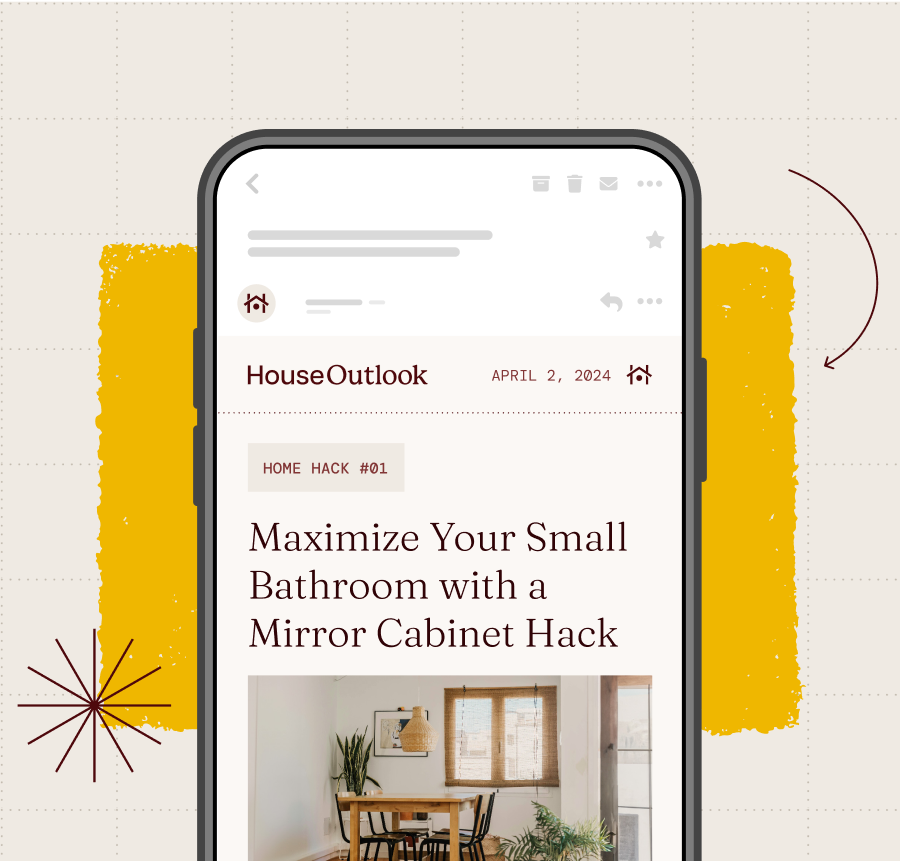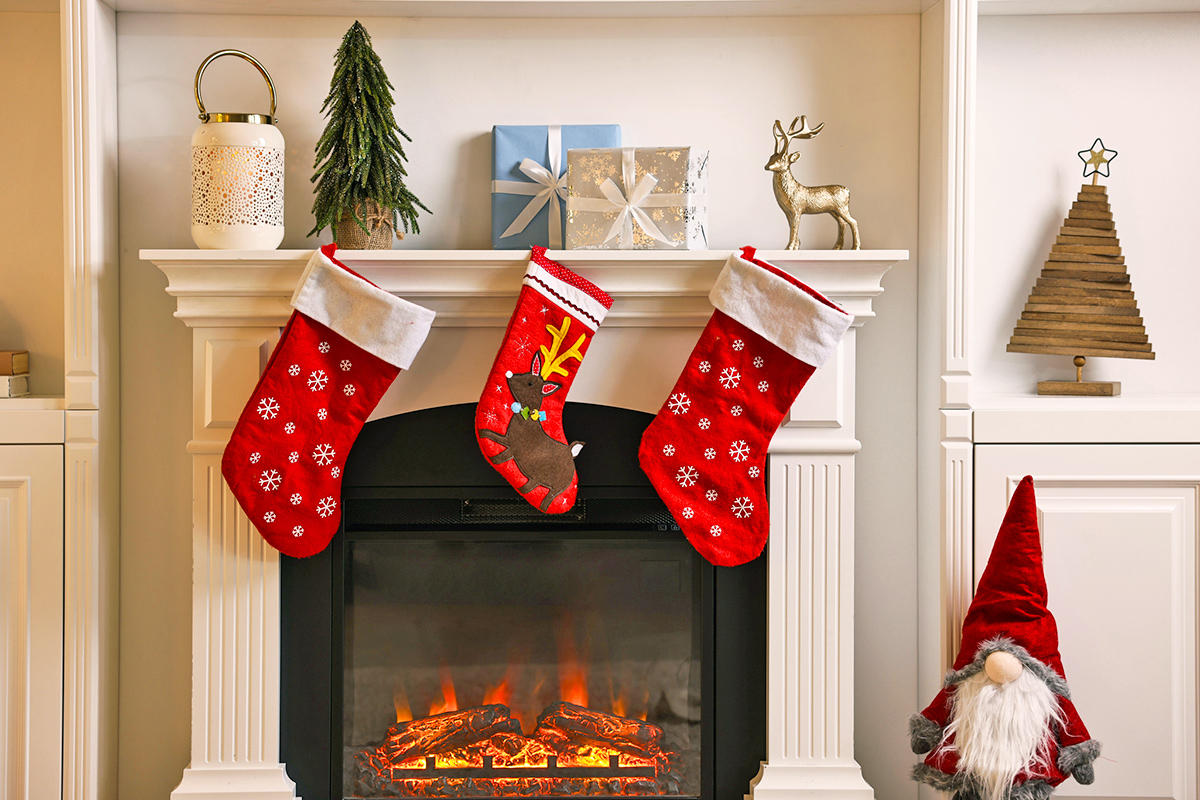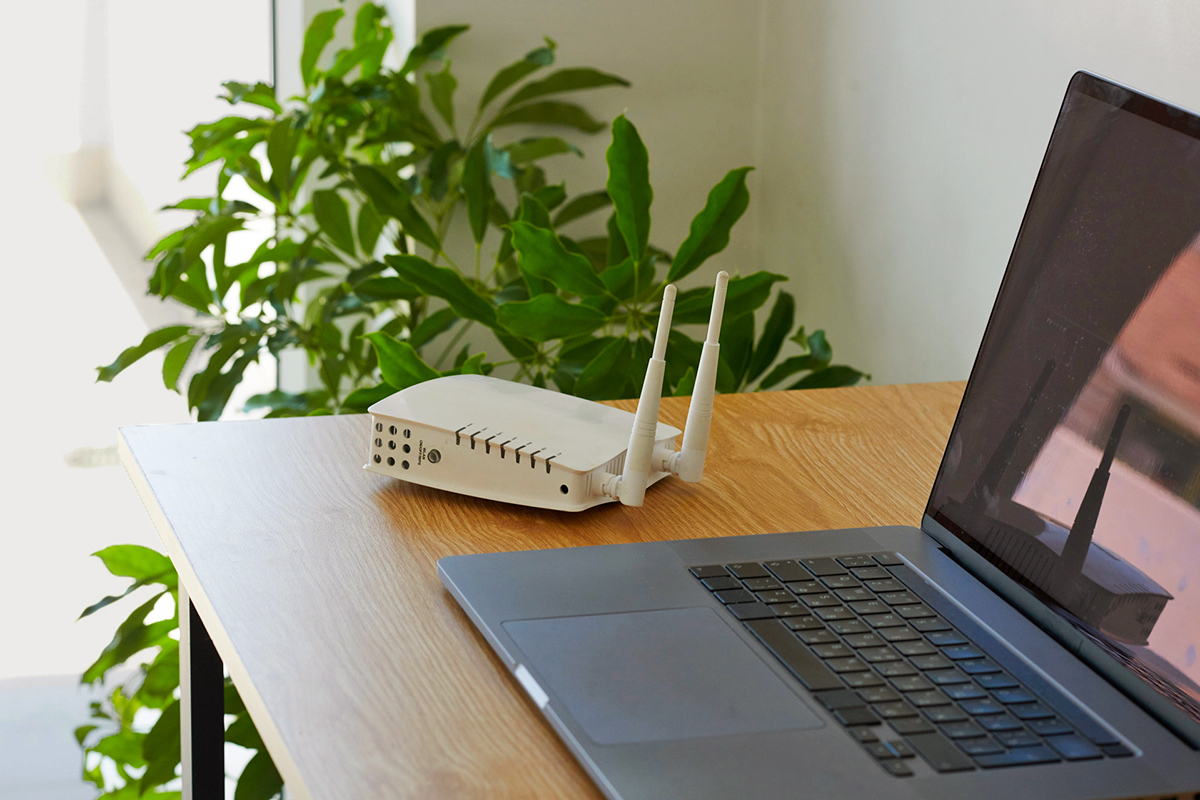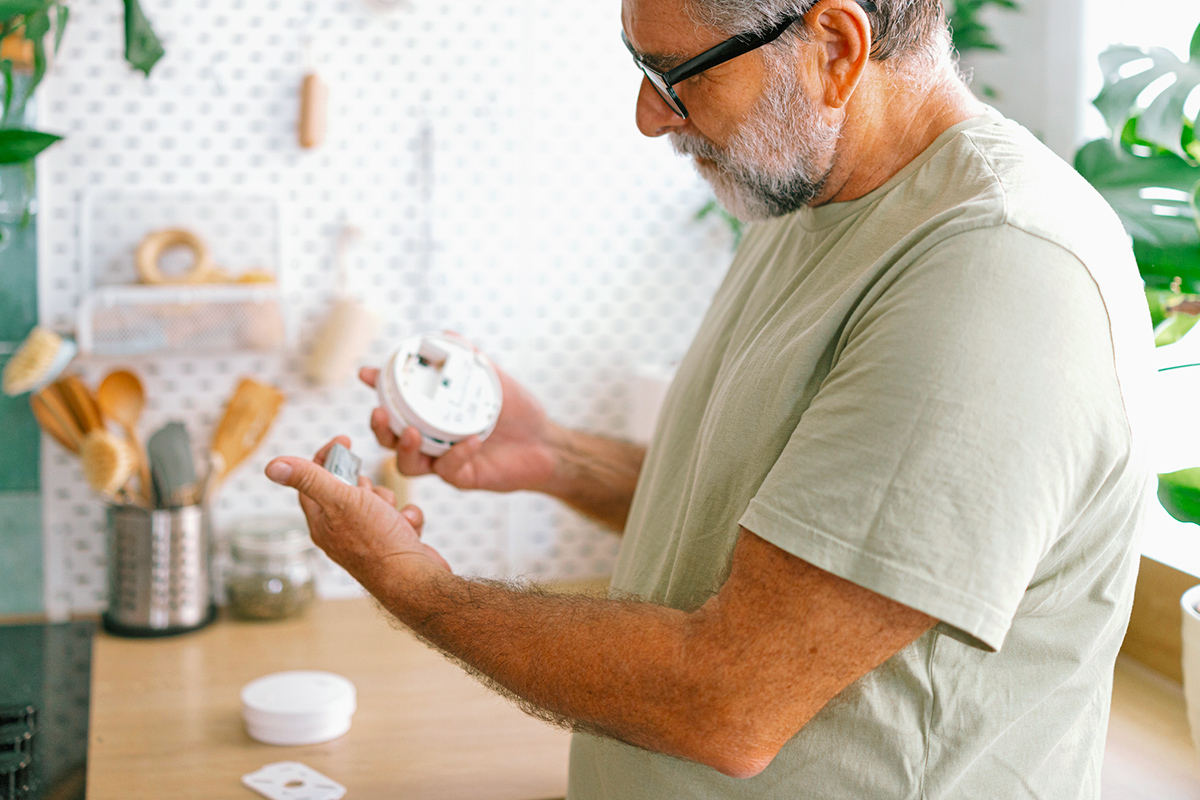Saving money on groceries isn’t all about how well or how aggressively you shop. Sure, clipping coupons and shopping sales offer upfront savings, but you can also save a lot of money simply by reducing food waste. Meal planning helps, but it’s not the only solution. Knowing how to store produce, for example, can prevent…
Ethylene Gas and Produce Storage

In most cases, the problems that arise from storing fruits and vegetables together are related to ethylene gas. You may know it as the substance “Big Ag” uses to ripen tomatoes for the supermarket, but that’s not the whole picture. Ethylene gas is produced naturally by a lot of fruits and vegetables; it jump-starts their ripening process. Using it commercially isn’t an example of chemical engineering gone wild — it’s just a smart way of harnessing and controlling a natural process.
This same process occurs naturally in your kitchen, whether you want it to or not. To control it, you need to know which fruits and vegetables produce ethylene and which are sensitive to it. If you know that, you can keep them separated (or not, when ripening fruit in a hurry is your goal).
More from our network
House Outlook is part of Inbox Studio, which publishes content that uplifts, informs, and inspires.
How To Store Produce To Reduce Waste

The key, then, is to know which fruits and vegetables will ripen with ethylene, and which ones won’t — if you like to know these things, they’re called “climacteric” and “nonclimacteric,” respectively. Broadly speaking, most fruits are climacteric, while most berries are nonclimacteric. Vegetables are tougher to categorize because fewer are susceptible to ethylene, but some surprising ones are. This might seem like a lot to memorize, but don’t worry: You can source produce storage lists such as this one from your local extension service, and you’ll quickly learn which combinations to avoid.
To get you started, and to illustrate some of the principles involved, let’s talk about a few pairings to steer clear of.


1. Apples and Bananas
The only fruit storage issue many of us consider is whether they need refrigeration. Some fruits, such as apples and bananas, can go into a fruit bowl — but not together. Apples produce a lot of ethylene, and bananas are really sensitive to it (in fact, that’s how fruit companies first figured out the role of ethylene).
Storing them together can work in your favor if you want to ripen bananas quickly, but otherwise, they should be kept apart. Consider buying a banana hanger, which gets your bananas out of the bowl and protects them from bruising.
2. Melons and Potatoes
Here’s another pair of room-temperature produce items to avoid. Potatoes do best outside of the fridge (they convert some of their starches to sugars when chilled), as do melons such as cantaloupe or honeydew. If you leave a melon in the same bin or cupboard with your bag of russets while it ripens, though, the ethylene it produces will encourage the potatoes to sprout.
3. Pears and Avocados
Avocados are sometimes called “alligator pears” for their green and textured skin, and both pears and avocados need to be ripened off the tree. So it’s ironic, in a way, that these two don’t play nicely together. Both are ethylene producers, and sensitive to the gas, so storing them together doubles the effect. That’s a problem, given that they notoriously have a “blink and you’ll miss it” moment of peak ripeness.
It’s best to keep them separate, refrigerating as soon as they hit that perfect moment of ripeness. This will keep them from over-ripening before you can use them up.
4. Tomatoes and Eggplant
Like avocados, tomatoes and eggplants are fruits that we think of as vegetables. In fact, they’re close cousins, belonging to the nightshade family, which also includes potatoes. Eggplant can be refrigerated but doesn’t need to be; tomatoes, on the other hand, won’t fully ripen under refrigeration, so many cooks prefer to leave them on the counter. The tomatoes’ vivid red and the eggplants’ intense purple look great in a bowl together, which makes them a downright decorative pairing.
Unfortunately, similar to pears and avocados, both are ethylene-sensitive as well as ethylene producers. Putting them together will take them past their peak in a hurry, leaving you less time for that ratatouille recipe you were contemplating.
5. Bell Peppers and Broccoli
Bell peppers are another “vegetable” that’s technically a fruit. They don’t really need refrigeration but it does help them last longer, so they often end up in the crisper drawer alongside your broccoli. Broccoli is part of the cabbage family, so you might think of it as a durable vegetable, but it’s actually a cluster of delicate flower buds. If it’s stored alongside bell peppers, ethylene from the peppers will prompt the broccoli to blossom. You can still eat the florets as they open into flowers, but it spoils the broccoli’s look, and its texture suffers. (Brussels sprouts are also sensitive to ethylene.)
Mastering Fruit and Vegetable Storage Is a Money-Saving Skill

This is just one, albeit important, part of minimizing food waste. Produce storage is also strongly affected by temperature and humidity levels (those crisper drawers can make a real difference), but knowing which items to keep separate is a good place to start. When it comes to improving your food storage habits, this is — if you’ll forgive a “dad joke” — the low-hanging fruit.

















